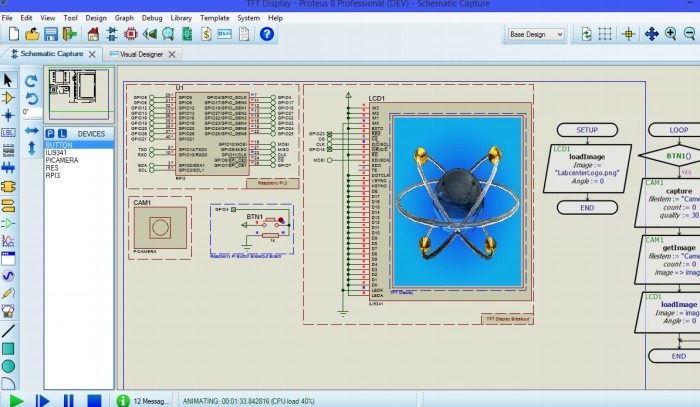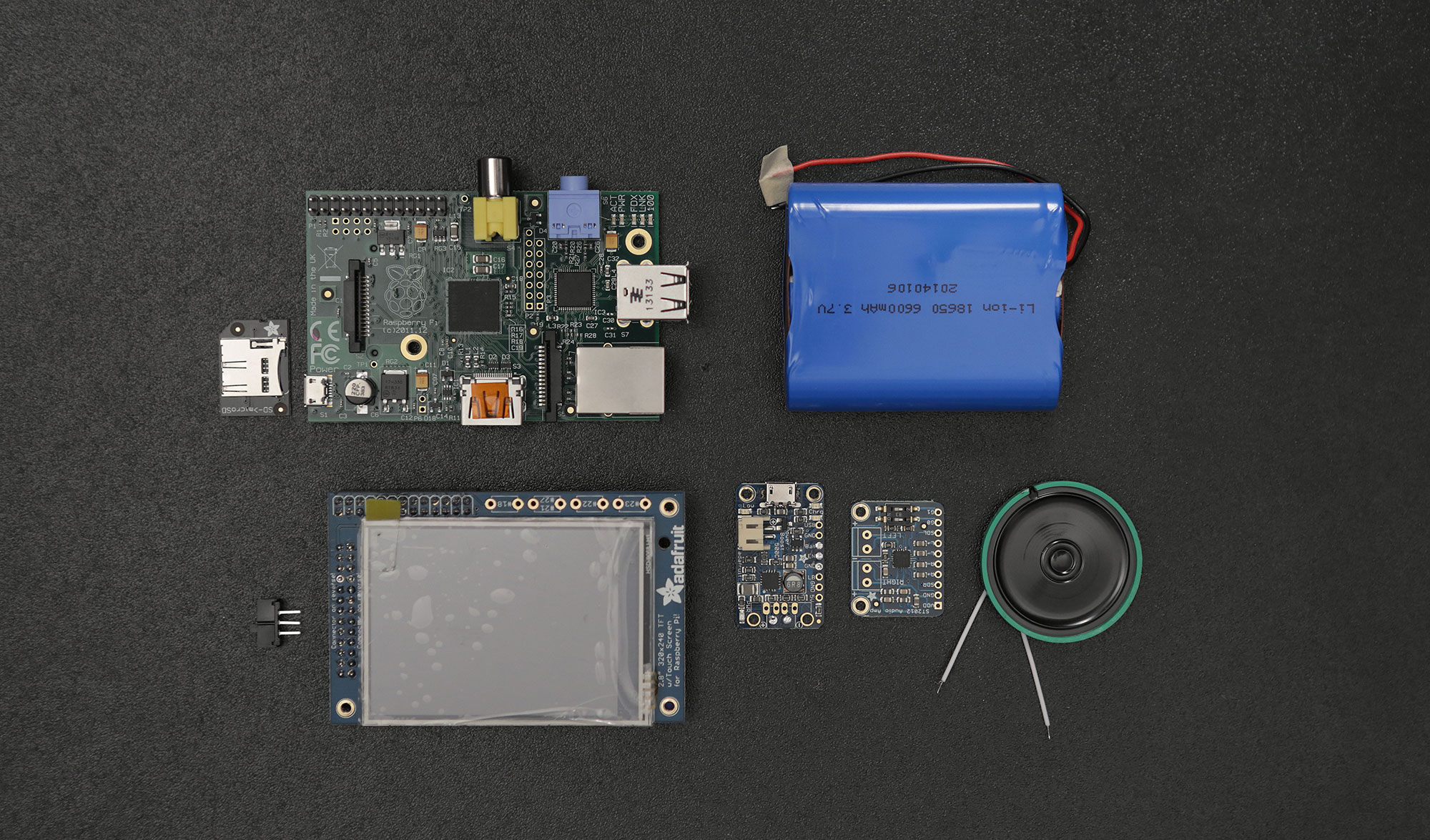
run.sh will run it as a headless instance, giving me a bash shell into a virtual Pi. The two scripts in this repo get the job done reliably./install.sh willl download QEMU, a Raspbian distro, and all of the required deps. Fortunately the open source emulation tool QEMU is up to the task.įollowing the instructions here, I was able to download and run QEMU on my Mac. That means I need an emulator, not just an OS conatiner wrapper like Docker. The RaspberryPi is an ARM computer and most Macs (until a few months ago) are X86. The short version is: yes it can be done but it's useless for graphics. As part of that I wanted to emulate a Raspberry Pi on my Mac.

This will connect your board to the network.I've paused my work on Filament for a while to go back and do some more research into low level graphics for IdealOS.

Click on Configure Device and enter your network credentials.If you don't see your board appear after a few minutes, try rebooting your board. Find your unconfigured board from the list.Go to the IoT Dashboard and click on My Devices.If you haven't connected a display and would like to connect via Wi-Fi, you'll need to: Once your network appears in this list, select it and click Connect.Your device will begin scanning for wireless networks.On the settings page, select Network and Wi-Fi.Go into your default application and click the settings button next to the clock.If your device supports Wi-Fi connectivity and you've connected a display to it, you'll need to:

If your device comes with an Ethernet port or USB Ethernet adapter support to enable a wired connection, attach an Ethernet cable to connect it to your network. If all goes well, you'll see that Windows 10 IoT Core is now flashing your SD card. Password: the software license terms and click Download and Install. Otherwise the default credentials will remain as: Device: minwinpc Make sure to give your device a new name and password. Hook up your Raspberry Pi to an external display.įill out the fields. Run the Windows 10 IoT Core Dashboard and click on Set up a new device and insert an SD card into your computer. A high-performance SD card, such as a SanDisk SD card.

To flash, or download, IoT Core onto your Raspberry Pi, you'll need:


 0 kommentar(er)
0 kommentar(er)
